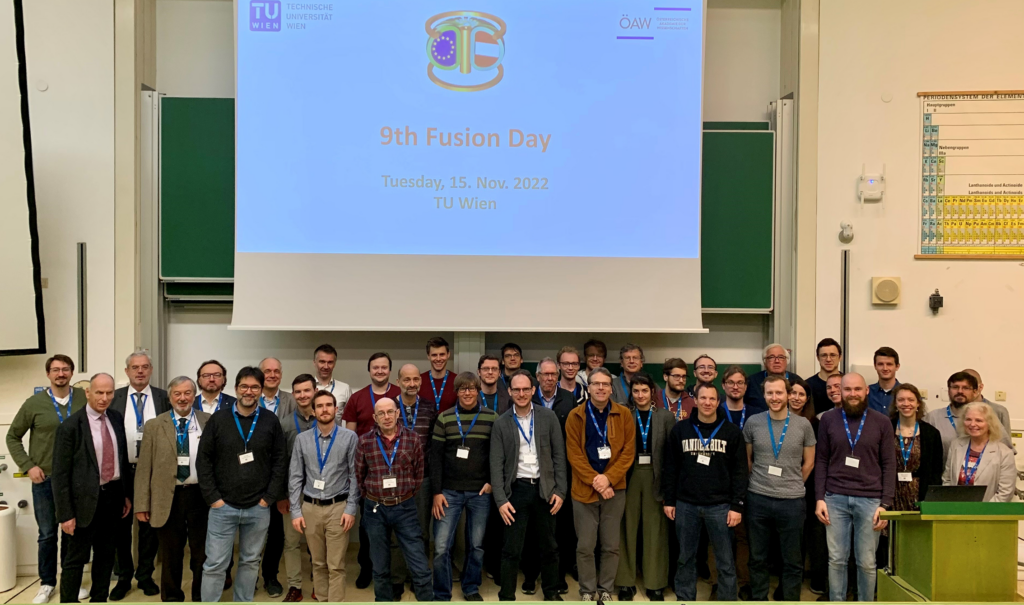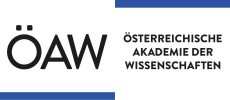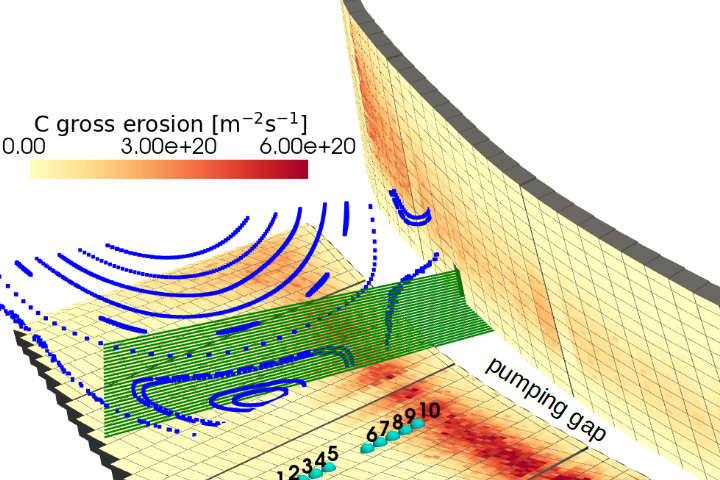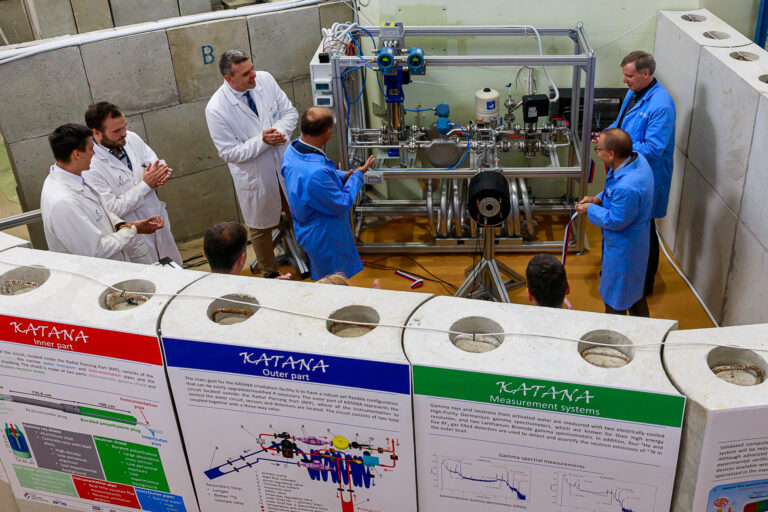The Austrian Fusion Research Unit has made significant strides in nuclear fusion research over the past two years. Highlighting these advancements, the latest edition of their brochure, “Fusion Research in Austria 2022-2023,” presents an overview of the activities and breakthroughs achieved in this period. This article summarizes the key research projects, PhD contributions, involvement in the EUROfusion programme, and updates on major fusion facilities as detailed in the brochure.
Research Highlights
The Austrian Fusion Research Unit has been at the forefront of several critical projects, contributing to the global fusion research landscape.
- Quasi-Continuous Exhaust (QCE) Regime Development: Researchers at TU Wien, in collaboration with the Max Planck Institute for Plasma Physics (IPP) in Garching, have developed the QCE regime. This innovation addresses the challenge of plasma instabilities in fusion reactors. By inducing numerous small instabilities instead of larger, potentially destructive ones, the QCE regime helps protect reactor walls from damage, making it a promising operational mode for future fusion reactors like ITER and DEMO.
- Collaborative Studies on Plasma Bootstrap Current: Scientists from TU Graz and the National Institute for Fusion Science (NIFS) in Japan have conducted comparative studies on plasma bootstrap current in the world’s two largest stellarators, Wendelstein 7-X and LHD. This collaboration has provided valuable insights into the behaviour of plasma in these advanced fusion devices, enhancing our understanding of stellarator performance.
EUROfusion Programme Involvement
Austria plays a vital role within the EUROfusion consortium, which coordinates European fusion research efforts. The Austrian Academy of Sciences (ÖAW) acts as the national entry point and beneficiary of the EUROfusion Grant Agreement. Austrian researchers have actively contributed to various EUROfusion work packages, focusing on areas such as tokamak exploitation, plasma-wall interaction, materials development, and socio-economic studies.
- Education and Training Work Package (WPTRED): This work package represents the largest EUROfusion participation by Fusion@ÖAW, supporting PhD students and young researchers. Austrian universities and institutes are involved in training and mentoring the next generation of fusion scientists.
- DEMO Design Work Package (WPDES): Austrian researchers contribute to advancing the technical basis for the DEMO project, which aims to demonstrate the feasibility of producing electricity from fusion energy.
PhD Contributions
The Austrian Fusion Research Unit also emphasizes the importance of education and training for future researchers. Several PhD projects have made noteworthy contributions:
- Fatigue Crack Analysis of Tungsten: Michael Pegritz at the Austrian Academy of Sciences (Erich Schmid Institute of Materials Science) has investigated how tungsten, a critical material for fusion reactors, behaves under high-temperature fatigue conditions. His research on fracture toughness and fatigue crack growth provides essential data for improving the durability of plasma-facing components.
- Plasma-Surface Interaction Research: Shokirbek Shermukhamedov from the University of Innsbruck has focused on molecular dynamics simulations of plasma-surface interactions. His work explores how hydrogen isotopes and other particles interact with tungsten and beryllium surfaces, contributing to our understanding of material erosion and plasma contamination in fusion devices.
Fusion Facilities and Milestones
The past two years have seen significant progress at several major fusion research facilities:
- ITER: Construction of the ITER facility in Cadarache, France, has continued to advance, with key milestones such as the delivery and installation of crucial components. Despite some challenges, including delays and defects found in important tokamak parts, ITER remains on track to become a pivotal project in making fusion power a reality.
- Wendelstein 7-X: The stellarator in Greifswald, Germany, achieved a new record in February 2023 with an energy conversion of 1.3 gigajoules over eight minutes. This milestone demonstrates the potential for continuous plasma operation, a critical feature for future fusion power plants.
- JET: The Joint European Torus (JET) in Culham, UK, has set new records for energy output in its recent deuterium-tritium (DTE3) campaign, achieving 69 megajoules of energy. These results are crucial for validating the performance of ITER and other future fusion reactors.
Conclusion
The Austrian Fusion Research Unit has meaningfully contributed to the broader European fusion research efforts, making notable advancements in plasma physics, materials science, and collaborative projects. Their active involvement in the EUROfusion programme underscores Austria’s integral role in the global pursuit of sustainable fusion energy. For a more comprehensive look at these developments, readers are encouraged to explore the full brochure, “Fusion Research in Austria 2022-2023,” available on the Austrian Academy of Sciences’ website.





